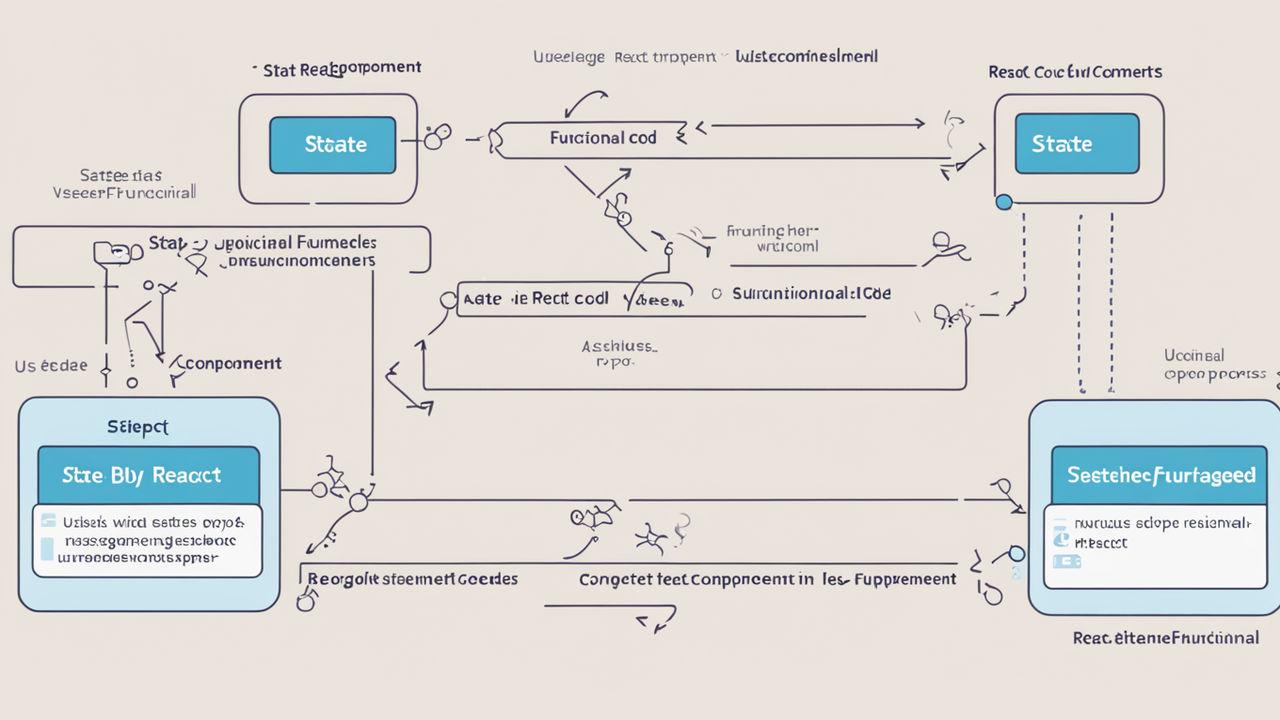How React Class Components Trigger Updates
- 424Words
- 2Minutes
- 20 Sep, 2024
React is a popular front-end library widely used for building user interfaces. Understanding React’s update mechanism is crucial for optimizing application performance and writing efficient code. This article will explore how React triggers component updates, including state management, lifecycle methods, virtual DOM usage, and reconciliation algorithms.
1. State Management and Update Triggers
In React, component updates are usually triggered by the following scenarios:
- State Updates: Updating component internal state by calling
this.setState(). - Props Updates: When props passed from the parent component change, the child component will re-render.
- Context Updates: When the context changes, all components using that context will re-render.
The core of React lies in updating state through setState. This method does not update the state immediately but queues the update, which React processes in batches during subsequent rendering cycles.
2. Component Lifecycle
React components have a series of lifecycle hooks, primarily including:
componentDidMount: Executed after the component mounts.componentDidUpdate: Executed after the component updates.componentWillUnmount: Executed before the component unmounts.
These lifecycle methods provide developers with interfaces to control update behavior.
3. Virtual DOM
React uses a virtual DOM to enhance performance. When a component’s state or props change, React will:
- Create a new virtual DOM tree.
- Compare the new virtual DOM with the old virtual DOM (using the Diff algorithm).
4. Reconciliation Algorithm
The reconciliation algorithm efficiently updates the actual DOM. When comparing the virtual DOM, React follows these steps:
-
Diffing: Traverse the new virtual DOM against the old virtual DOM, marking differences.
- If the node types are the same, React will continue comparing their child nodes.
- If the node types are different, React will unmount the old node and mount the new one.
-
Batching Updates: To improve performance, React merges multiple state updates into a single render operation, reducing unnecessary DOM updates.
5. Update Process
The React update process can be summarized in several steps:
- Trigger Update: Trigger an update by calling
setState()or through prop changes. - Schedule Update: React queues the update.
- Build New Virtual DOM: Create a new virtual DOM tree.
- Compare Virtual DOM: Use the Diff algorithm to compare the old and new virtual DOM.
- Update Actual DOM: Update the actual DOM based on the comparison results.
6. Performance Optimization
To optimize performance, React provides various methods:
shouldComponentUpdate: Implement this method to control whether the component should re-render.React.memo: Used for function components to avoid unnecessary updates.PureComponent: For class components, performing a shallow comparison and re-rendering only on changes.
Conclusion
The update mechanism in React is a complex and efficient process involving state management, virtual DOM, reconciliation algorithms, and lifecycle management. Understanding these underlying principles helps developers manage component states and performance more effectively when using React, thereby enhancing the user experience of applications.


